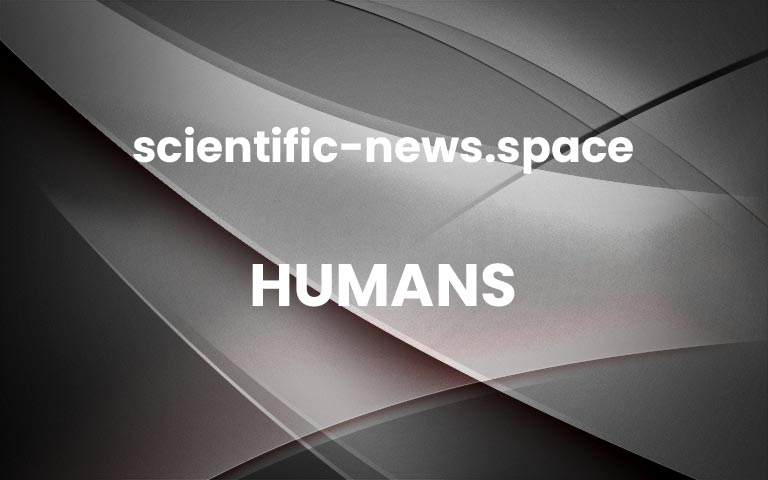Football matches in top European leagues are becoming more predictable
Computer predictions for the outcome of European football matches over a 26-year period become more accurate in recent years
Humans
15 December 2021
By Chris Stokel-Walker
A match between KRC Genk and Club Brugge in the Belgian First Division AJoris Verwijst/BSR Agency/Getty Images
Football matches have become more predictable over time, according to an analysis of 87,816 matches across 11 European leagues.
The study covers the results of matches between 1993 and 2019, including 10,044 each from England’s Premier League and Spain’s La Liga, as well as leading divisions in Belgium, Greece, Scotland and Turkey, among others.
A computer model that was given data from the matches tried to predict whether the home or away team would win by looking at the performance of the teams in previous matches in the league. The model didn’t count any drawn matches, which excluded between a quarter and a third of the total matches from the analysis.Advertisement
“Our model isn’t the most accurate,” says Taha Yasseri at University College Dublin in Ireland. “I’m sure there are better models, but it’s very simple and you can go back 26 years and do the exercise as if you were doing the prediction 26 years ago.”
The average AUC score – which measures how well the computer model performed – was around 0.75, meaning that the model correctly predicted the match result 75 per cent of the time.
Seven of the 11 leagues that were studied saw an increase in predictability over time. Richer leagues, such as the Premier League and La Liga, had higher AUC scores than worse-funded ones, like Belgium’s First Division A.
The study found a correlation between predictability and inequality, in terms of the distribution of points between teams at the end of the season – that is, match results are predicted correctly more often in leagues where the points are spread more unequally.
The researchers suggest that football is becoming more predictable because inequality between the richest and poorest teams has grown, as prize money and other revenues have increased and successful clubs can spend more on players.
The study also found that home team advantage is becoming less of a factor in matches. In France, for instance, home teams took around two-thirds of points in 1993, but around 58 per cent of them in 2019.
Joey O’Brien at the University of Limerick, Ireland, says the researchers make rigorous statistical arguments that football has become more predictable. “Perhaps, at a more philosophical level, one could also question whether this predictability is good for the game,” he says. “Do fans get just as much enjoyment observing skilled teams predictably performing strongly?”
Journal reference: Royal Society Open Science, DOI: 10.1098/rsos.210617
More on these topics: More


